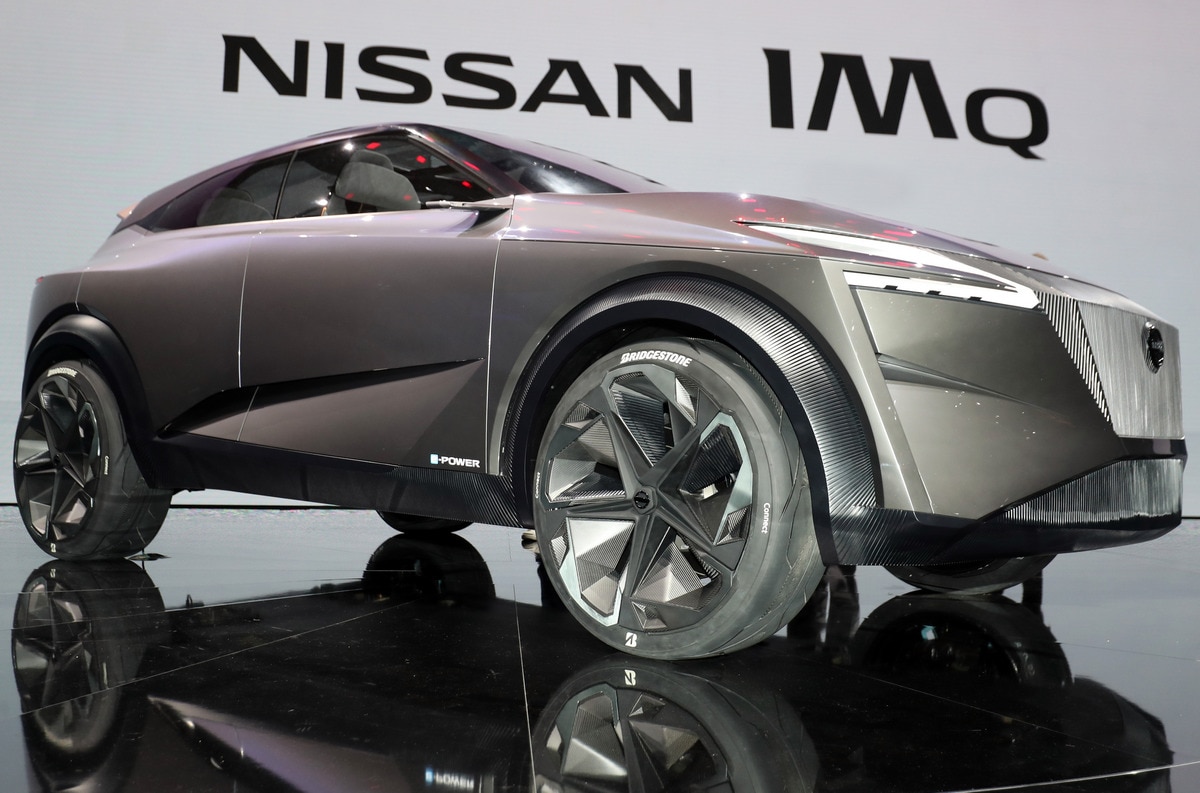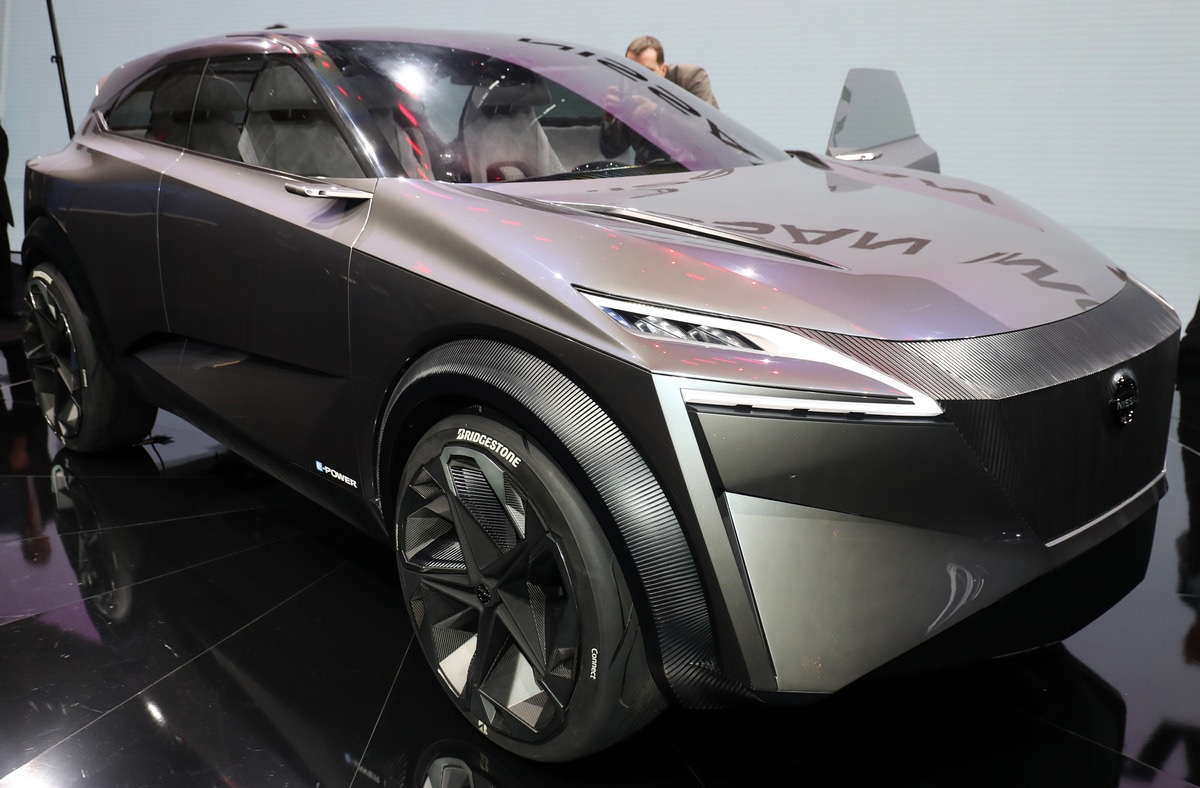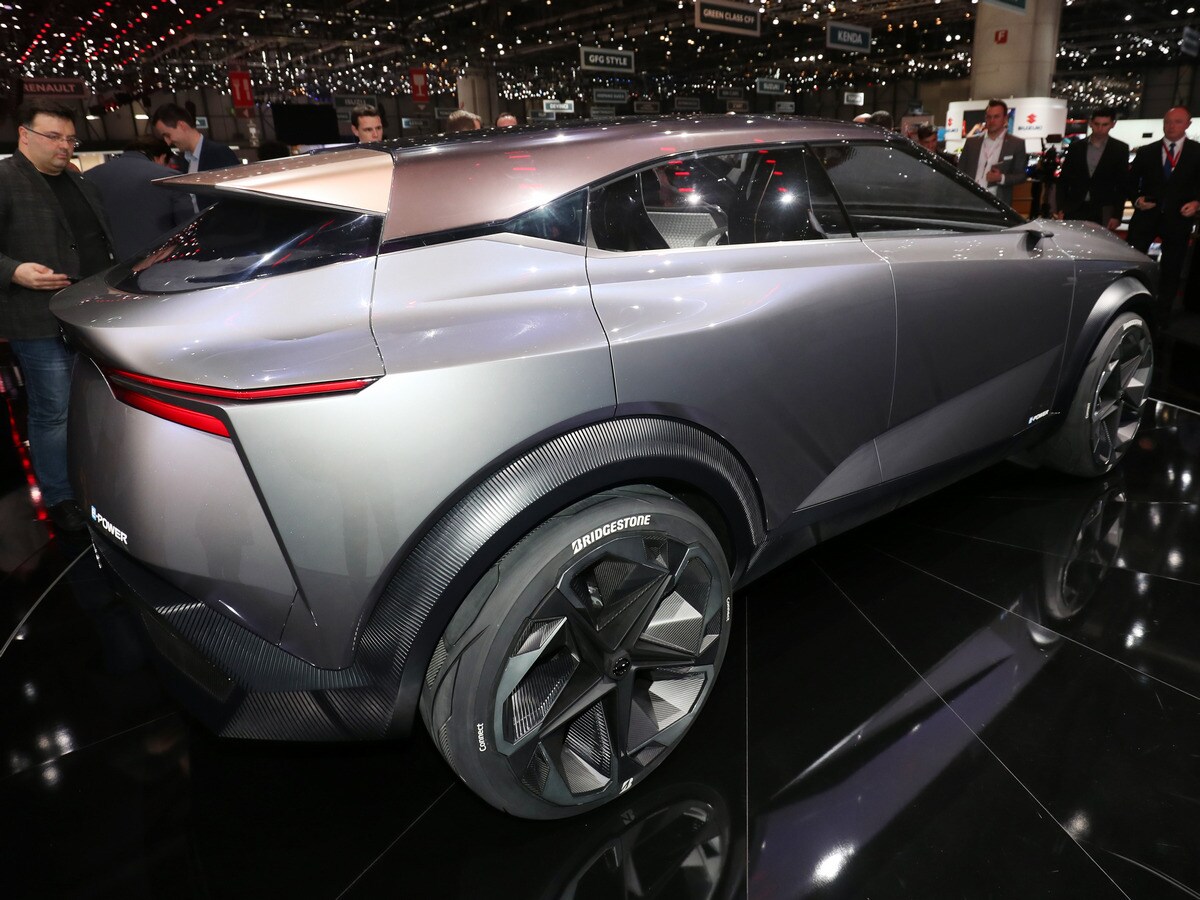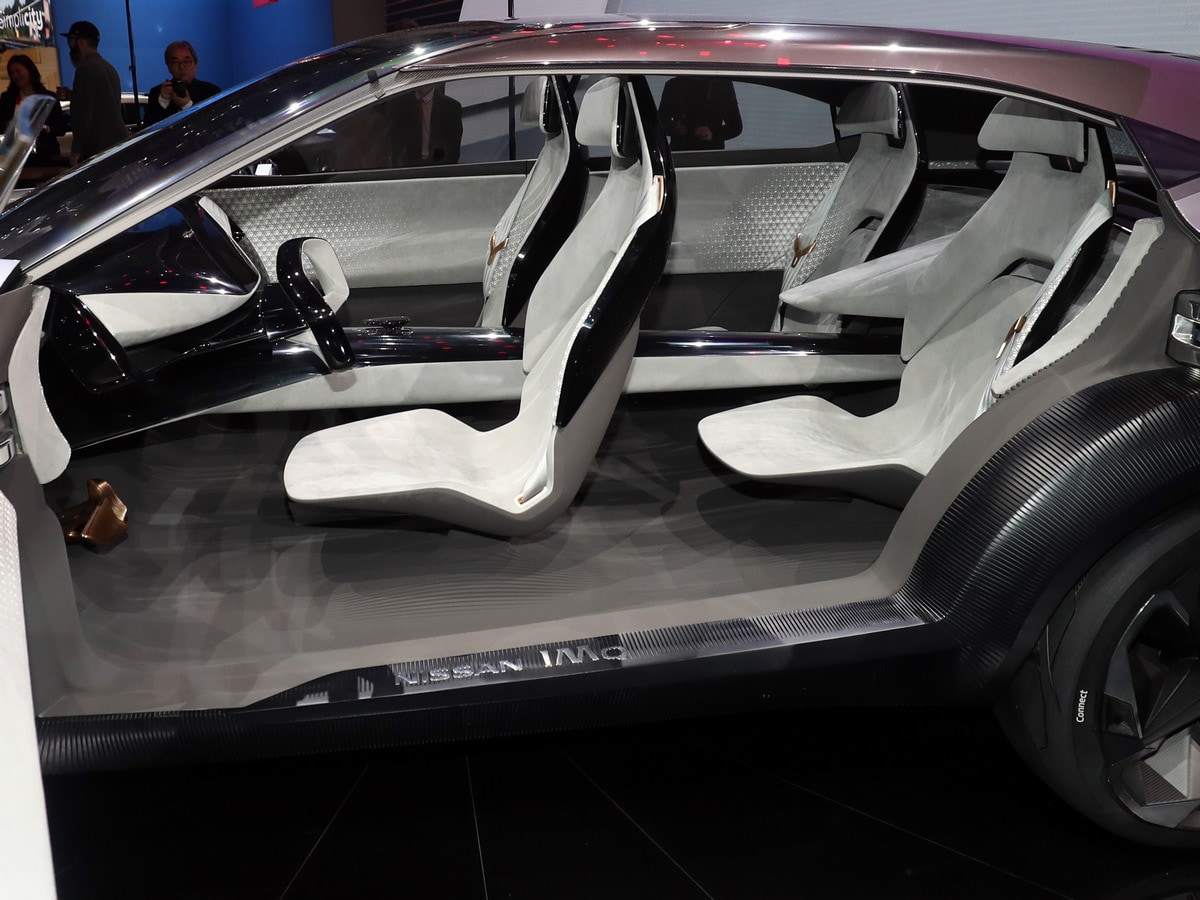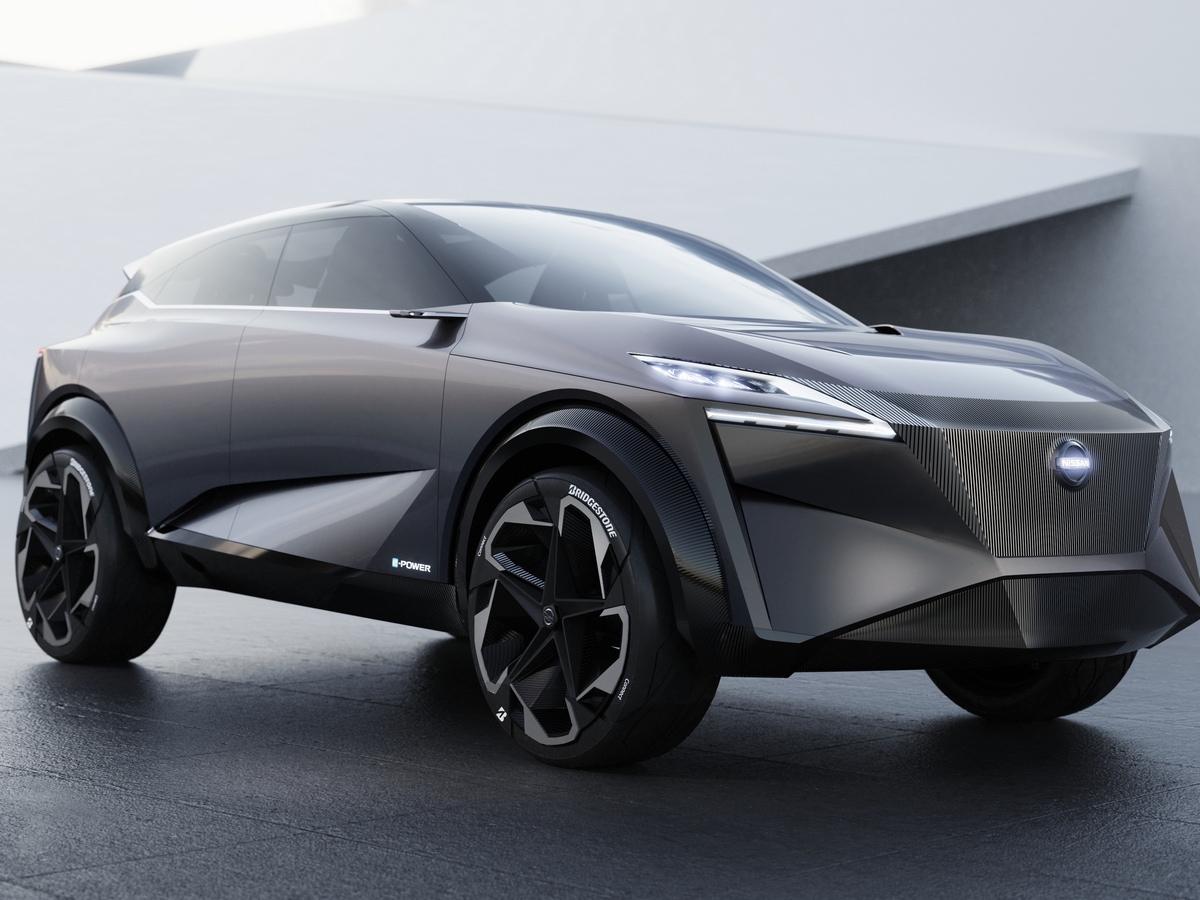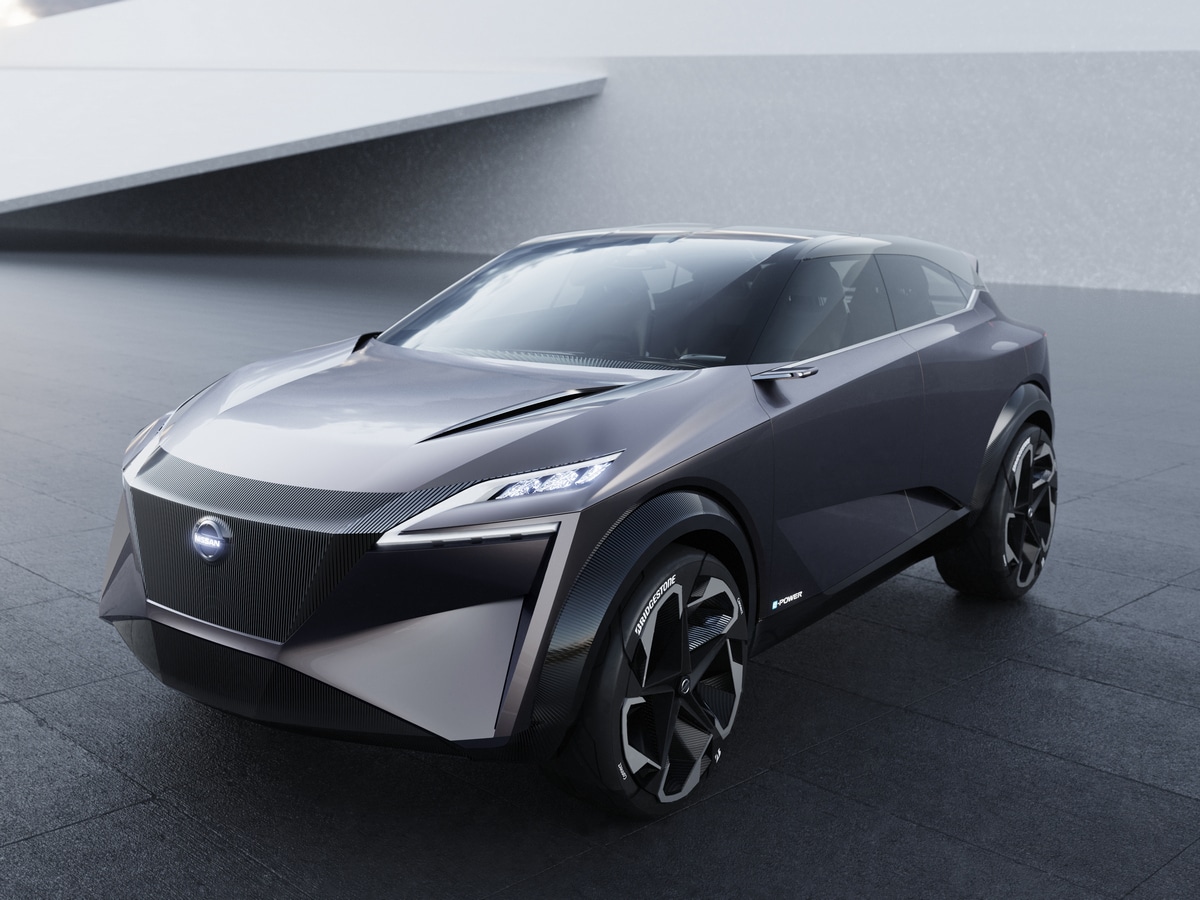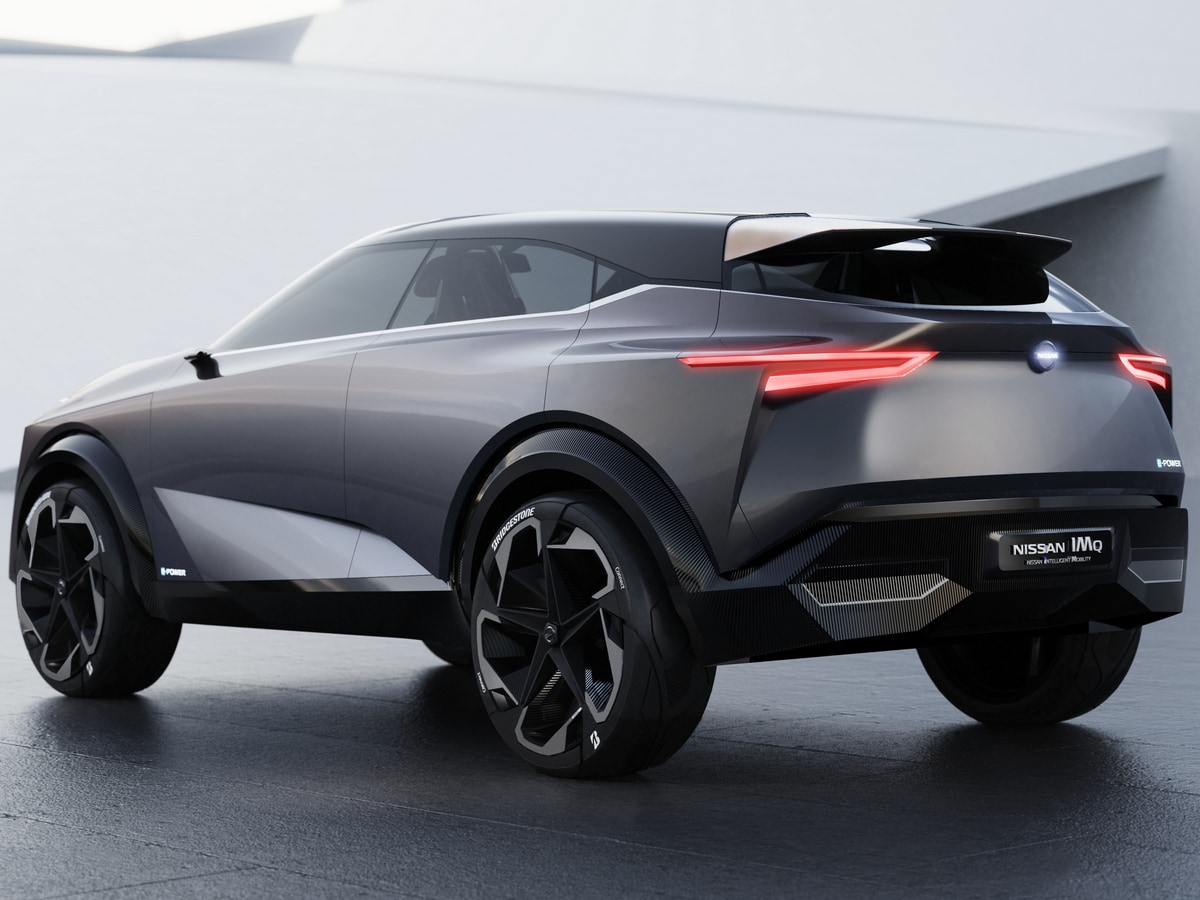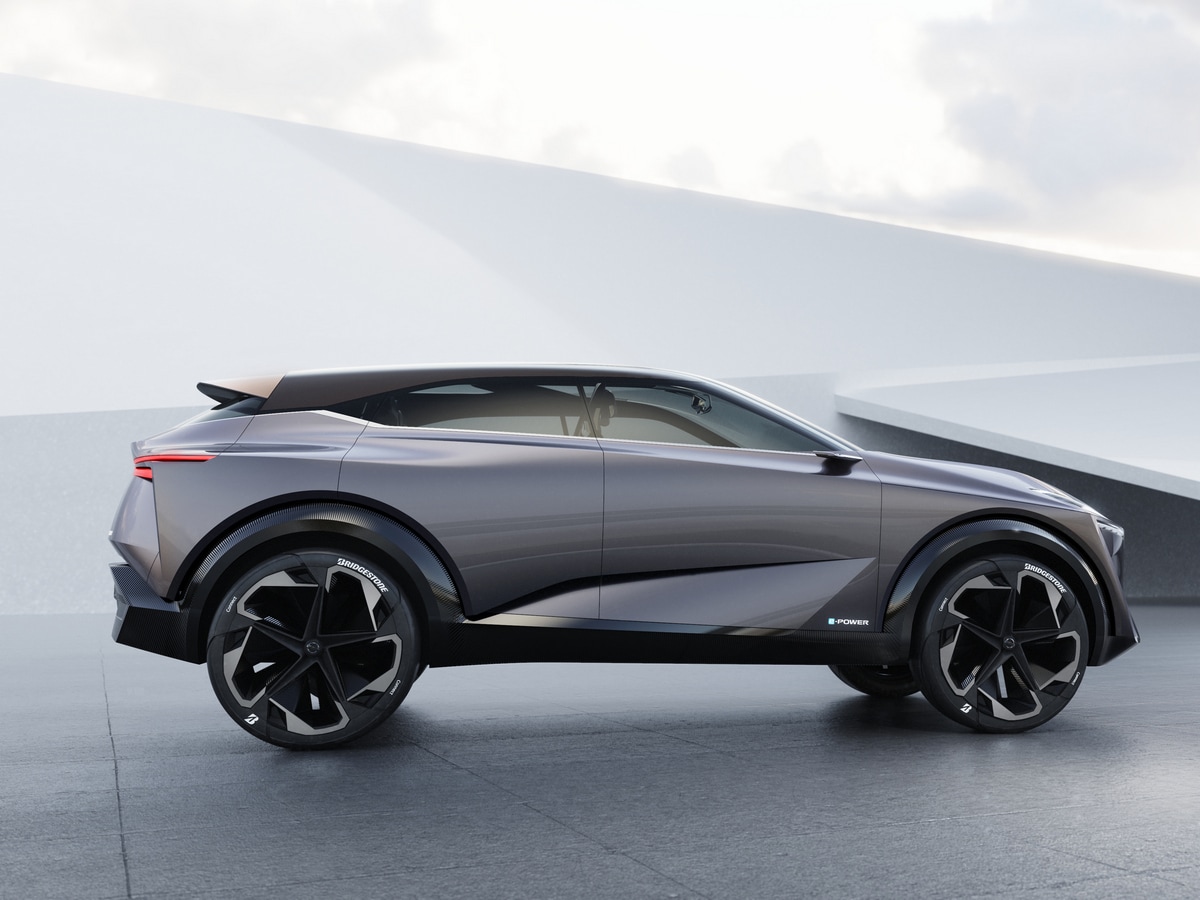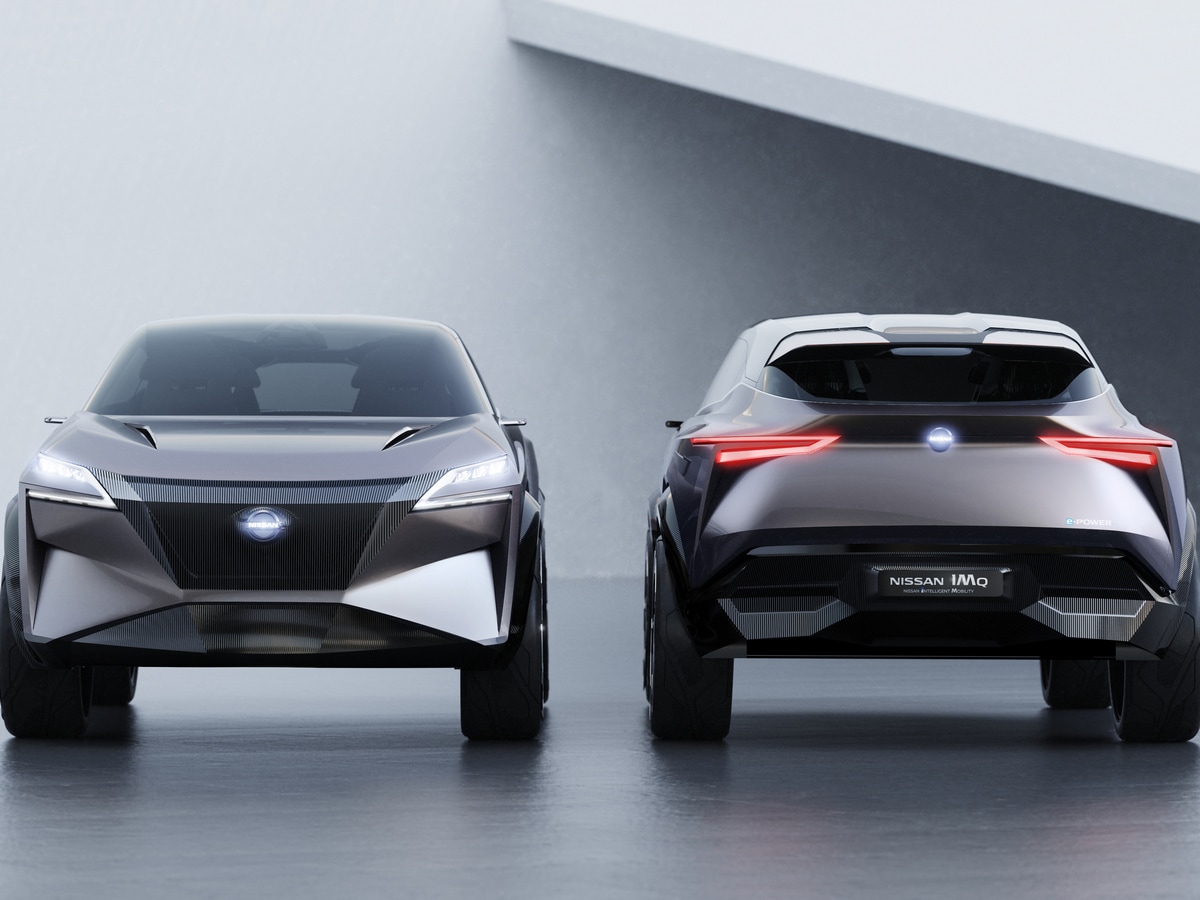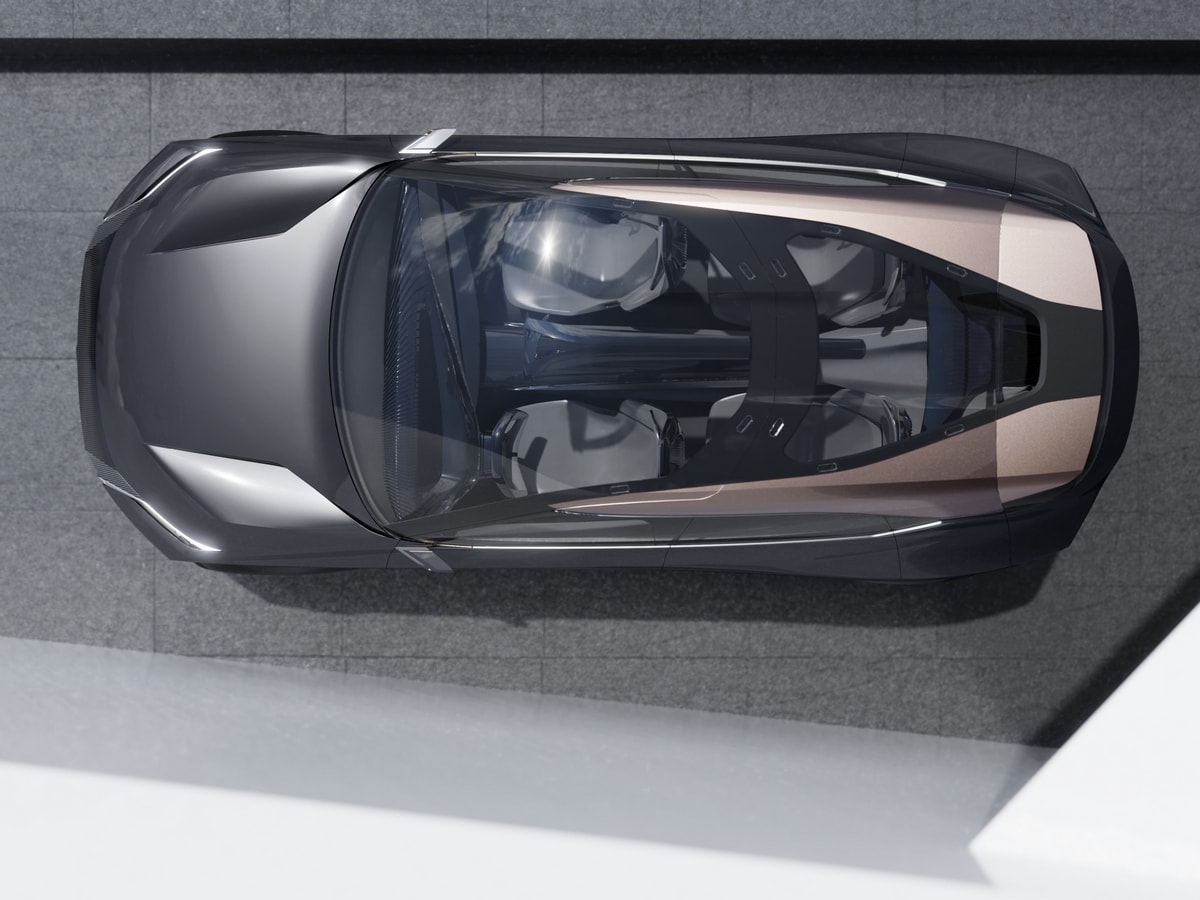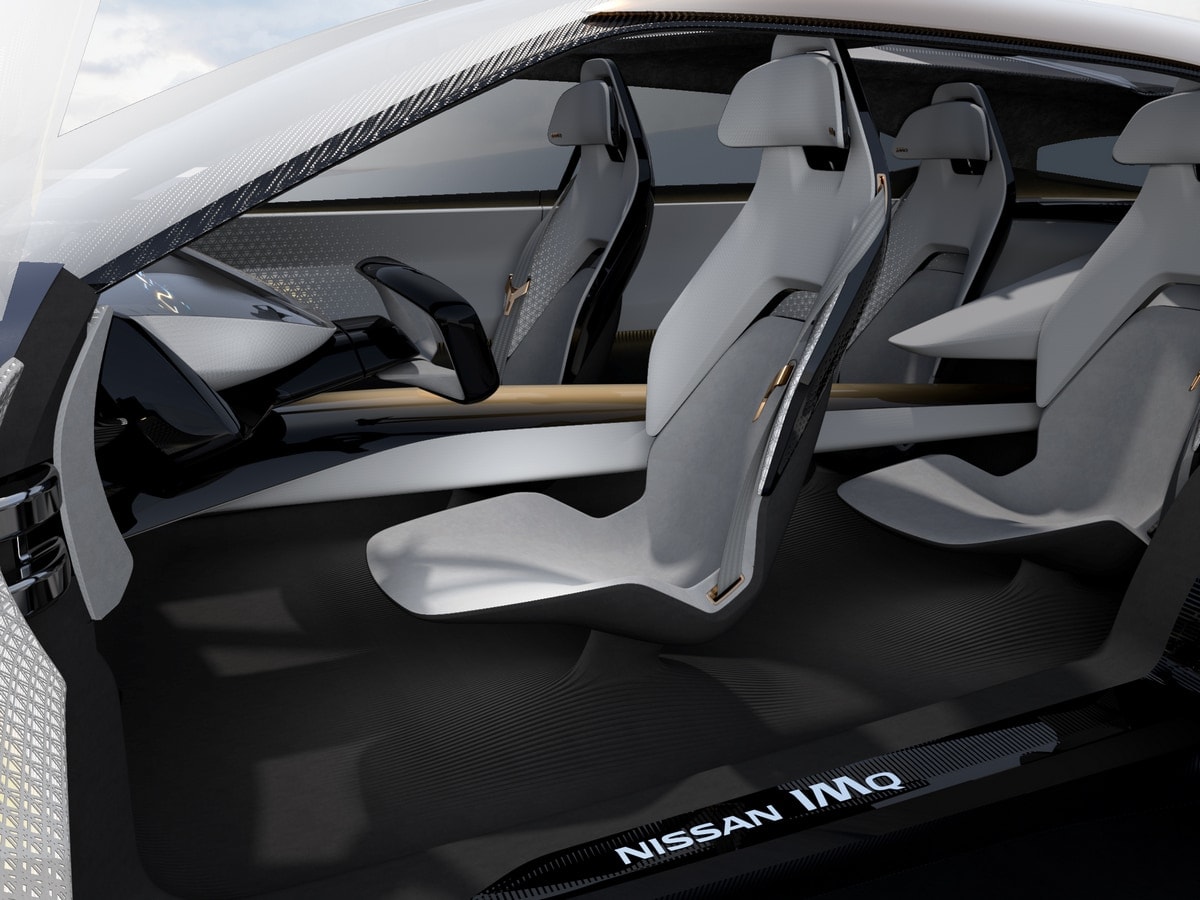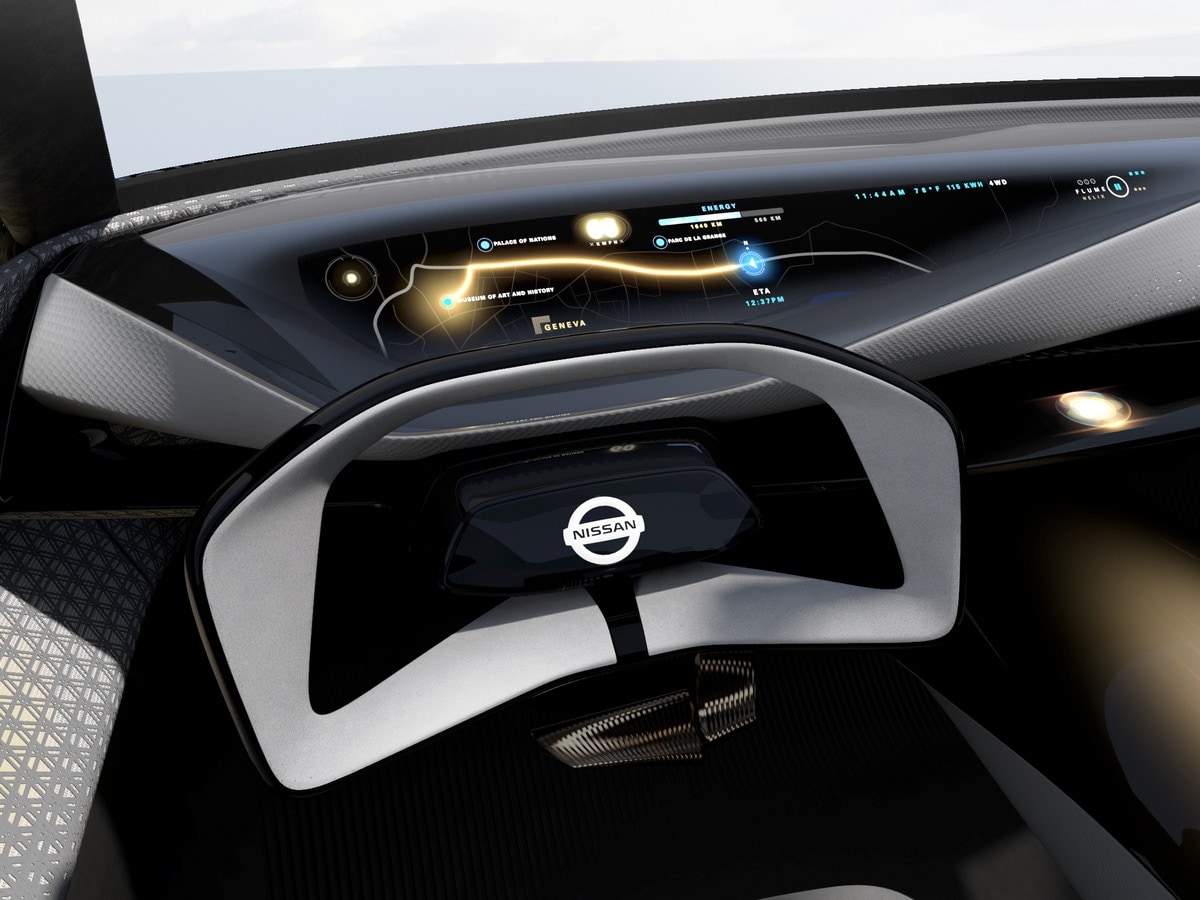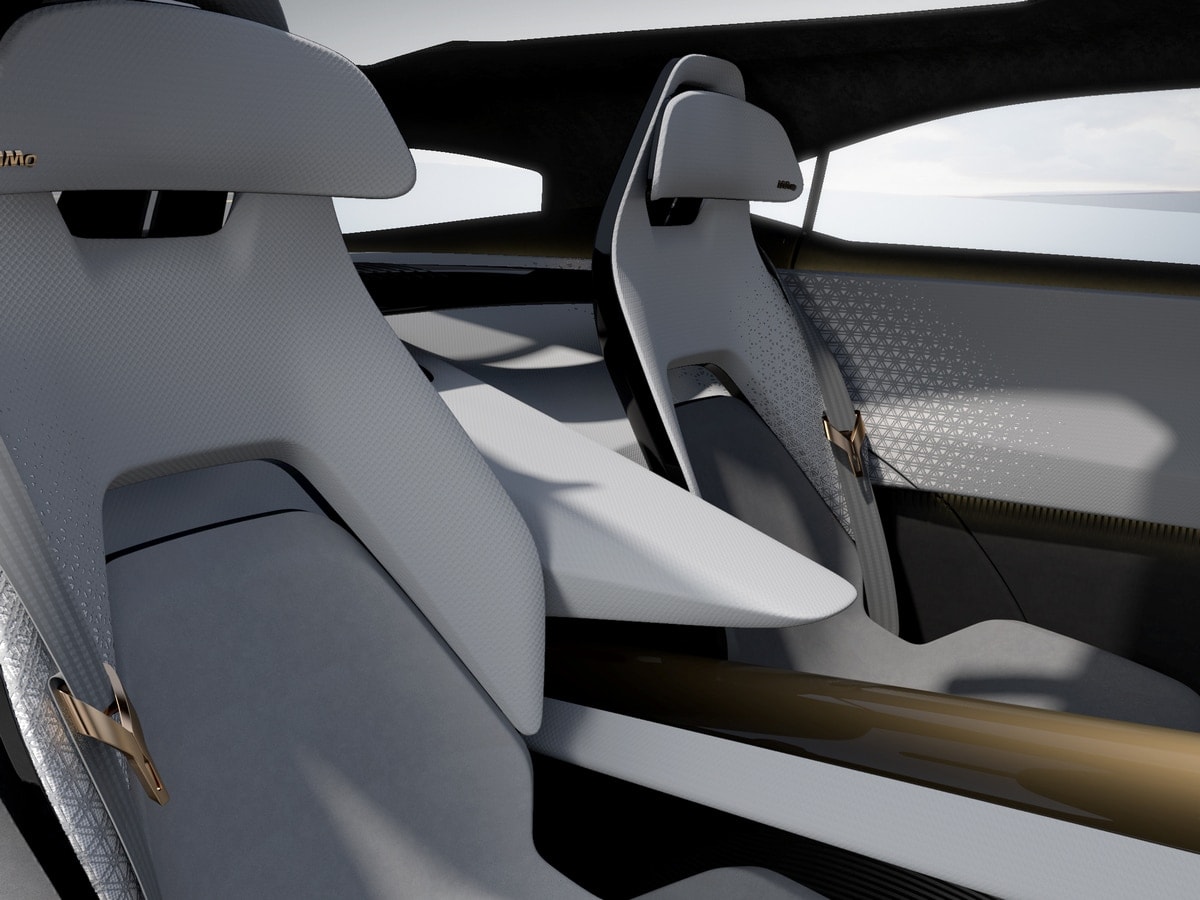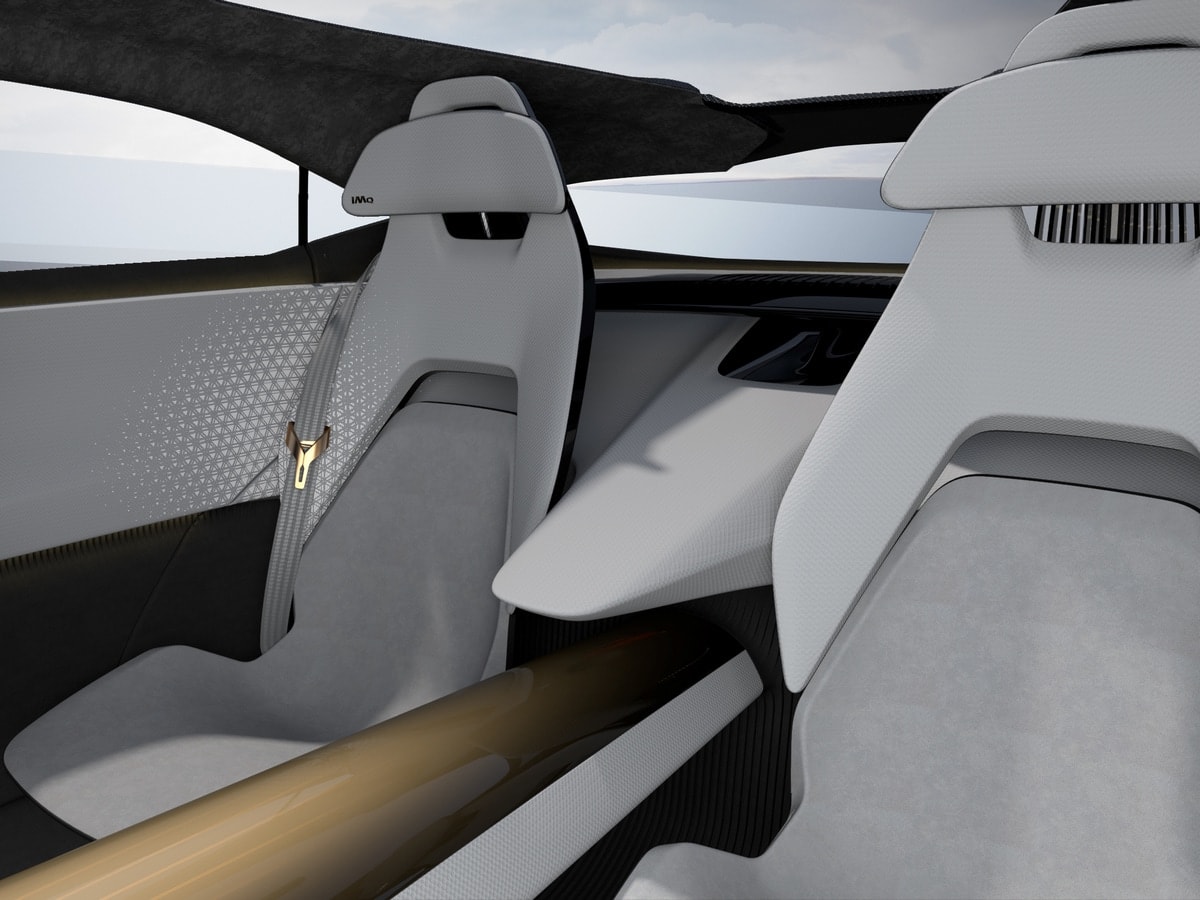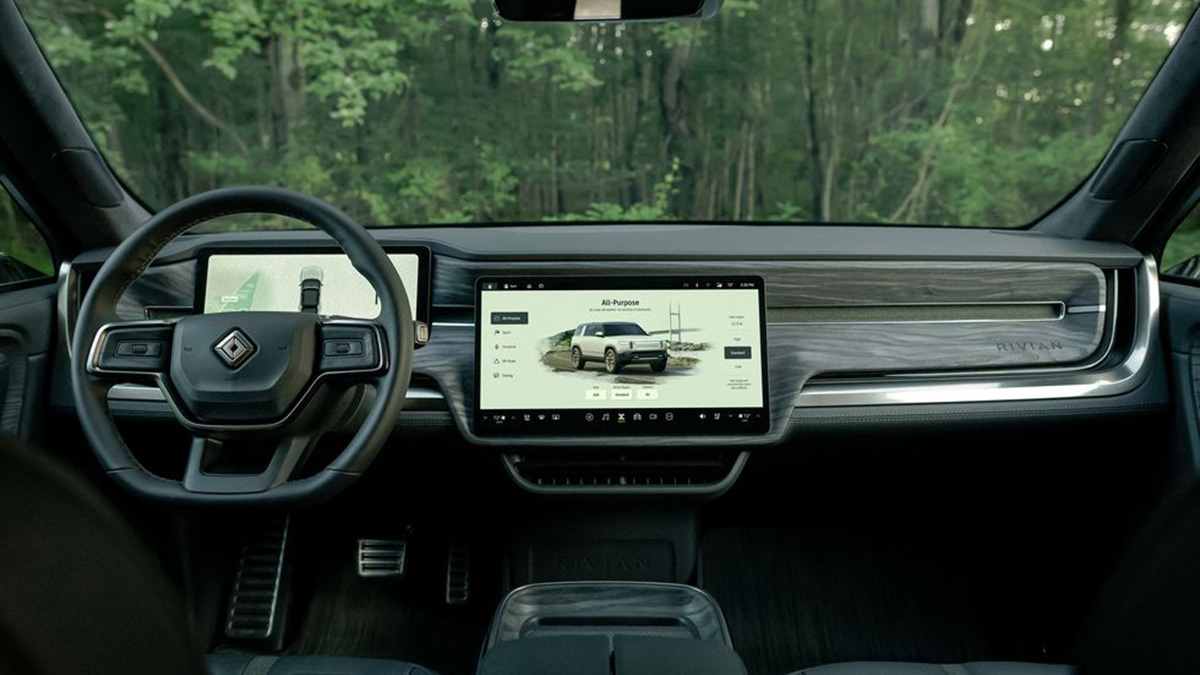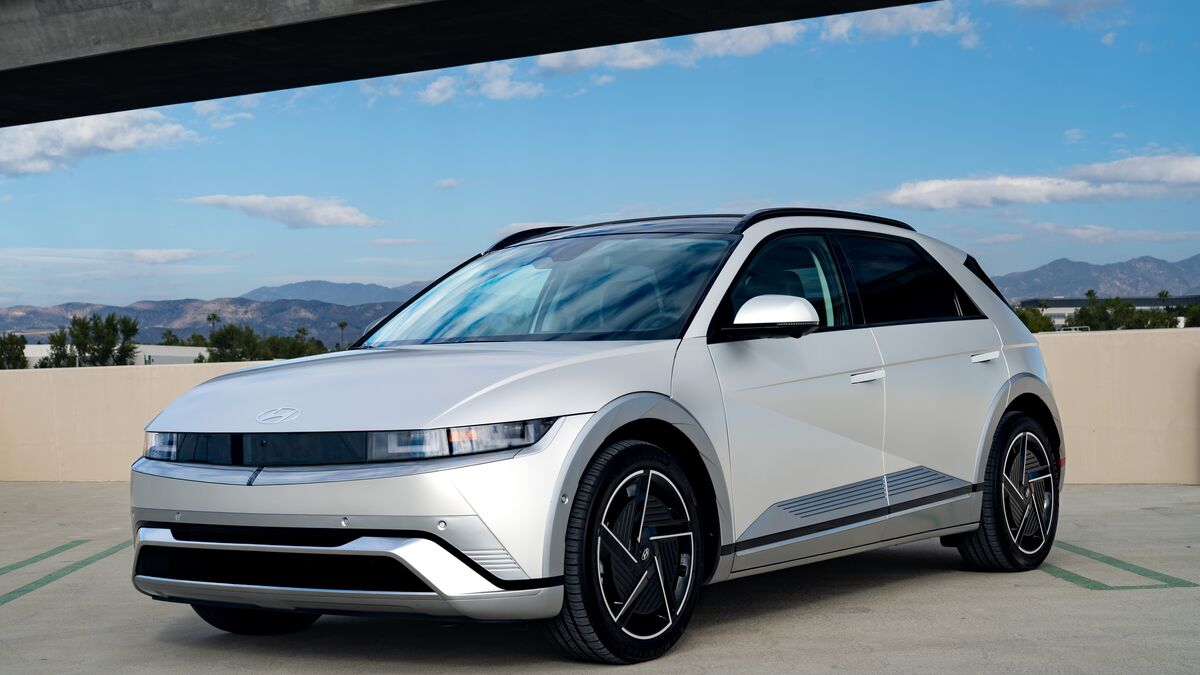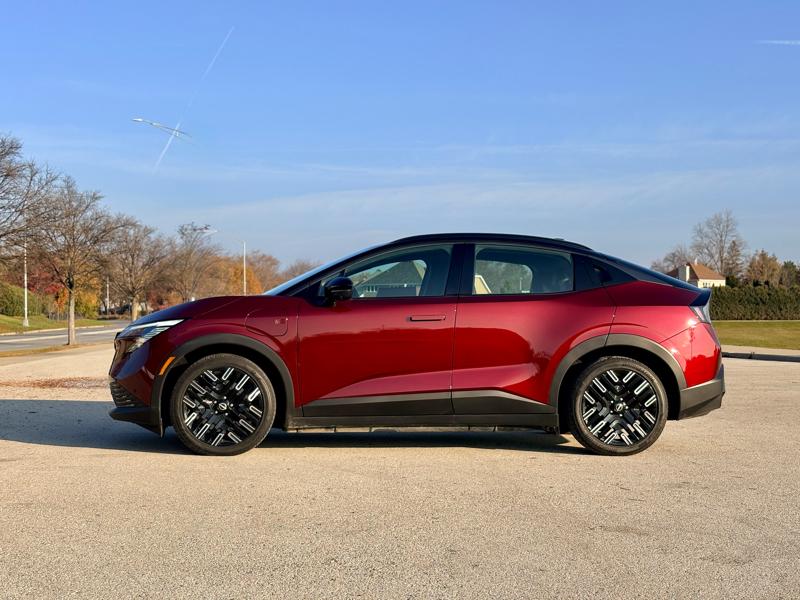- Concept hints at electric crossover for Europe
- 250 horsepower, 516 lb-ft of torque
- Traditional Japanese style blended meets modern technology
- All-wheel drive
- Showcases latest take of ProPILOT Assist
The all-new IMQ concept unveiled in Geneva is an advanced technology showcase that signals Nissan’s direction with its next generation of crossovers in Europe.
Powered by multiple electric motors, the new all-wheel drive IMQ blends Japanese heritage with human-centric technology and adds a dash of the latest in Nissan Intelligent Mobility, the brand’s vision for the future of automotive transportation.
“The IMQ’s design combines traditional and modern Japanese influences and shows what’s possible when future crossovers are powered by Nissan Intelligent Mobility,” said Alfonso Albaisa, senior vice president for design at Nissan. “With the IMQ, the interior and exterior are seamlessly blended together, signalling what our design direction may be for Nissan’s third generation of crossovers in Europe.”
Evolving e-Power
The IMQ’s electric drive system, developed from the e-Power systems found in the Japanese-market Note and Serena models, delivers instant acceleration. It also allows for precise and independent delivery of power to each wheel, which is a huge aid for stability in wintry conditions. Total system output of the IMQ’s electric powertrain is 250 kilowatts (335 horsepower) and 700 Nm (516 lb-ft) of torque.
Other technological highlights include the latest version of Nissan’s ProPILOT Assist, which gives the IMQ enhanced autonomous driving capability. The IMQ also is equipped with Invisible-to-Visible technology, unveiled this year at the CES trade show.
Exterior design
The IMQ’s is a midsize crossover SUV, and Nissan says it marks a new direction in Nissan’s design language. It’s a clean and effortless shape that merges exterior and interior design as one, together with a greenhouse imparting an impression of one continuous surface.
Nissan’s V-motion grille has been deliberately toned down, blending vertically into the hood and horizontally with the front bumper. The hood has chrome-edged cuts where the fenders rise from the wheel arches, and the tailgate is a single piece part that tucks under the rear fenders to echo the design of the hood.
3D styling
Of note, the IMQ also has three-dimensional ridges on the darkened lower sections of its exterior. These layers, called lamellas and extending all the way around the vehicle, evoke traditional Japanese traditional design.
Another interesting detail is the use of “smart” Bridgestone Connect rubber. These 22-inch tires communicate information to the IMQ driver via a graphical user interface. Data that is provided includes not only tire load, pressure and temperature, but also grip level, wear and tire health. Nissan says this helps the IMQ calibrate its in-car control systems to work optimally.
Interior design
The Japanese theme continues inside, mixed with modern technology. The doors, hinged at their outer edges, open to reveal futuristic and spacious interior that features four individual seats. A lamella-covered floor provides a visual link to the exterior.
Nissan’s “gliding wing” instrument panel dominates the dash, and a long center console stretches back between the front seats and into the rear.
The seats are finished in a two-tone 3D fabric that has a geometric pattern inspired by Japanese kumiko woodwork. The technical pattern appears all over the IMQ: on its instrument panel, door trim, parcel shelf and even the metallic finish of the seatbacks.
Futuristic controls
The Nissan IMQ concept has a driver-focused feel, enhanced by a user interface that’s dominated by a huge 33-inch screen in the instrument panel. Like a smartphone, it’s black when powered down, but will illuminate to provide e-Power status and other important vehicle information.
A smaller screen, above the center console, hosts the IMQ’s Virtual Personal Assistant, which controls vehicle functions such as navigation. The steering wheel is ergonomically shaped to put the driver in a relaxed position while also maximizing the visibility of the instrument panel. Soft-touch paddle shifters are built into the back of the wheel.
Also: Check out the latest news from the Geneva Motor Show
Invisible-to-Visible tech
Nissan’s Invisible-to-Visible (I2V) technology is a 3D interface in which the “real world” converges with the virtual world. Basically, it helps IMQ occupants “see” what may otherwise be invisible, adding confidence to the driving experience.
This is made possible with Nissan’s Omni-Sensing technology, which connects the IMQ to real-world sensing information inside and outside the vehicle’s cabin. That data is supplemented with information from the virtual world. The result? A rich mixed-reality experience for driver and passenger that allows drivers to “see” around corners and visualize precise information about traffic jams, so they can determine alternative routes. And get this: IMQ drivers can enjoy the company of a virtual passenger, in the form of a 3D augmented-reality avatar inside the IMQ.
Last, the IMQ has the latest version of ProPILOT, a driver-assistance technology that works on urban streets and suburban highways. Via multiple advanced sensors, radars and cameras located throughout the IMQ, ProPILOT interprets road, traffic and information signals for an enhanced level of driving autonomy.
